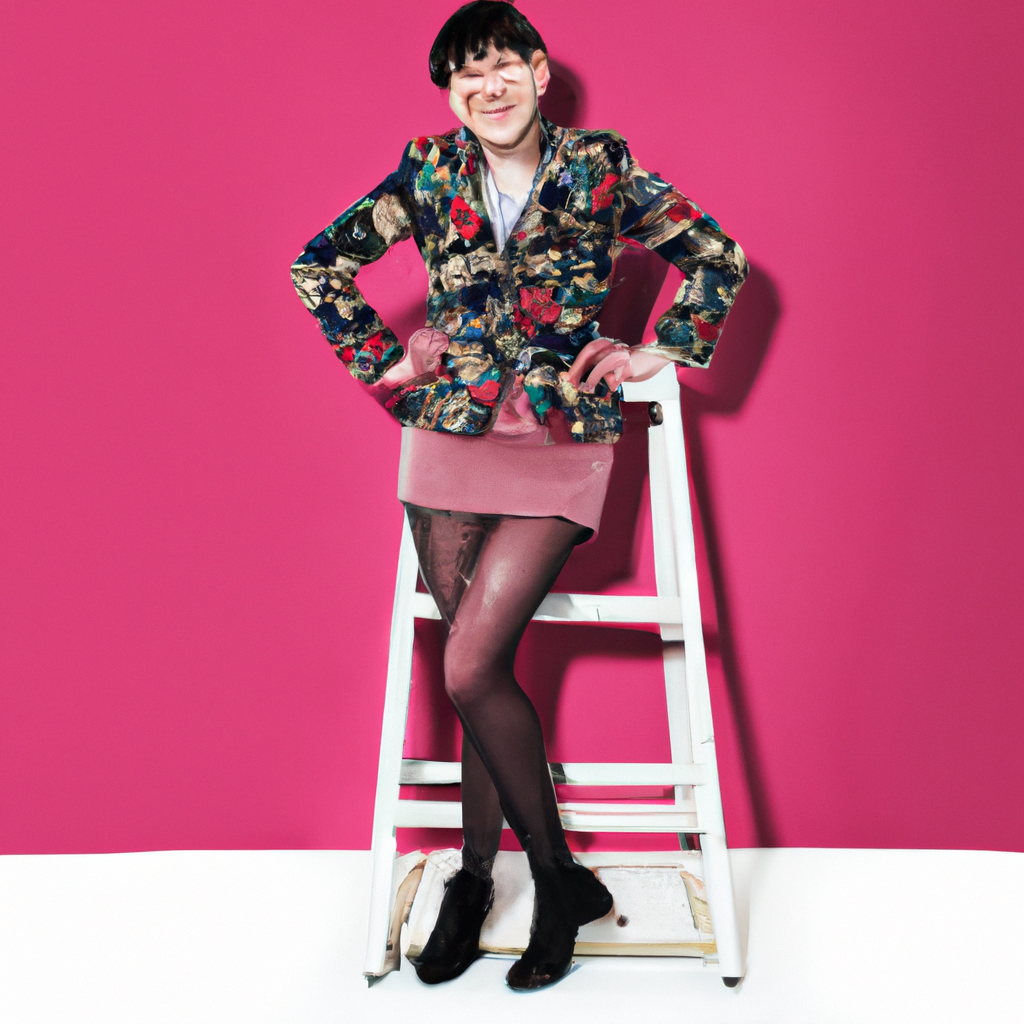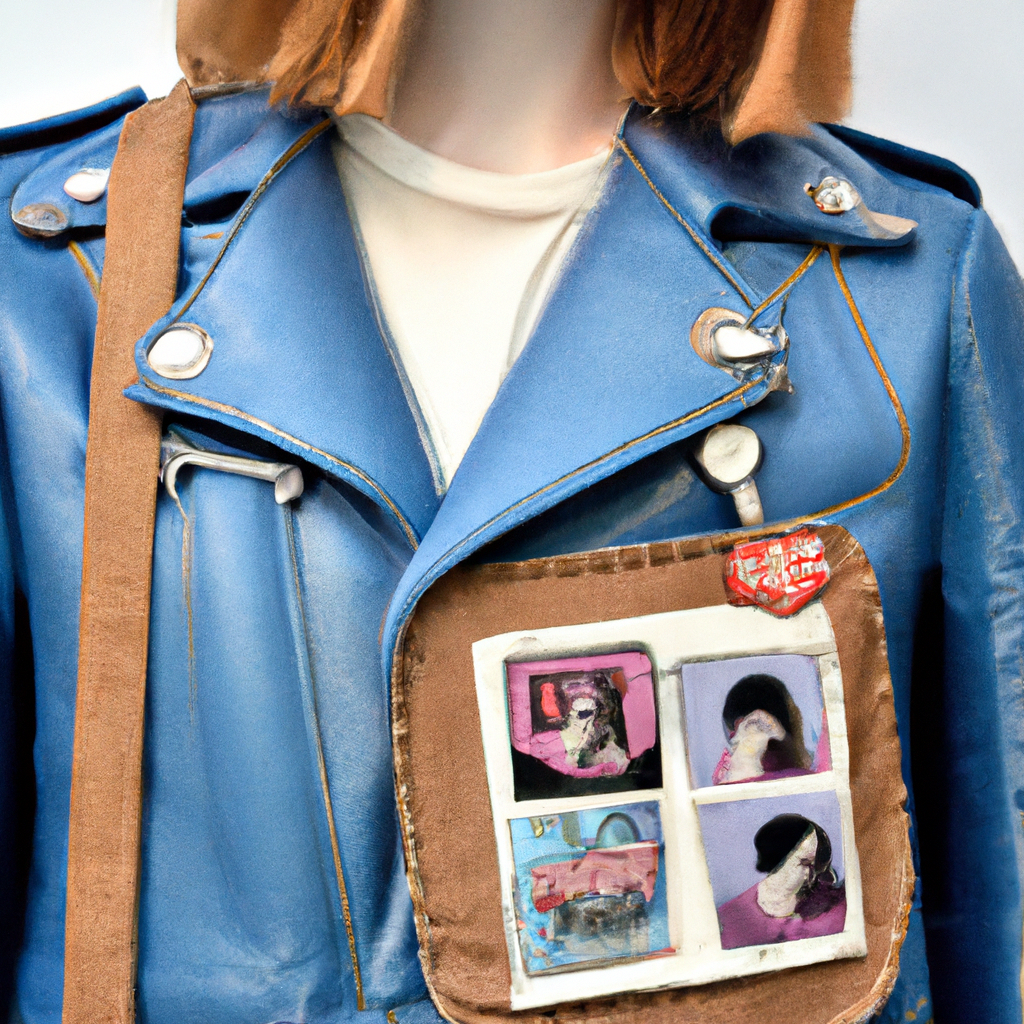The Swinging Sixties is a time of radical cultural change, and fashion was no exception. Mod fashion marked a period of rebellion, and youth culture was at the heart of this movement. From a new approach to color, to edgy looks, the sharp lines of Mod fashion continue to inspire modern trends. From Carnaby Street to the King’s Road, Mod fashion was born in trend-setting London and soon spread throughout the world. Let us take a look at how the Mod style revolutionized fashion in the Sixties and beyond.
1. The Rise of Mod Fashion in the Sixties
Often associated with the swinging sixties, mod fashion first started to take over the UK in the late 1950s. This way of dressing then quickly became the eponymous fashion for not only the entire decade, but much of the following decades too.
The mod look was marked by its sharp yet comfortable attire, with staple pieces such as the bomber jacket, polo shirt and chino trousers. Items of clothing were inspired by the rides of the new generation, with popular designs being inspired by the scooters and cars of the era. Comfort and practicality were combined with stylish and sleek design, something which has inspired fashion trends ever since.
There were many aspects to the mod look, such as:
- Functional footwear – Desert boots, loafers, brogues
- Statement accessories – Headscarves, military badges, pocket watches
- Polo neck knitwear – Jumpers and cardigans
- Monochrome suits – Bold and timeless
The idea of mod style was a huge collaborative endeavour, inspired by popular culture and the most stylish people of the day. This influence was co-opted by the media and represented in the popular culture of the era.
The mod trend continues to influence the way we dress today and has been adopted as a popular subculture throughout history – from the spread of the mod scene to major cities such as London, Manchester and Brighton, to its resurgence in the 80s, and now its placement and influence in the modern-day fashion scene.
2. The Symbolic Power of Youth Culture during the Swinging Sixties
During the swinging sixties, youthful rebellion found an outlet in an emerging cultural phenomenon: youth culture. This new way of expressing itself helped to turn the motion of social movements such as anti-war sentiment and civil rights into tangible actions. In this bold new world, style became a powerful form of communication, as teenagers worked to create an identity of their own.
The fashion of the era was characterized by androgyny, bright colors, and flamboyant fabrics. Girls embraced a concept of femininity that stepped away from traditional beauty standards; boys experimented with their looks and often donned women’s clothing. This rejection of binary gender roles and expectations was seen as a method of expressing self-identification and challenging the norms of society.
However, this was not the only way youth culture asserted its power. Music was essential to this movement; genres such as jazz, rock n’ roll, and soul developed rapidly during the decade, and served as an expression of the spirit of youth culture. The language of the lyrics often symbolized protest and rebellion with topics such as civil rights, society, and peace. This served as a form of activism as the music not only spoke to the issues of the time, but also inspired social reform.
The swinging sixties demonstrated that youth culture could be used to fuel the fire of social and political activism. The styles, music, and lyrics gave a voice to a generation that was passionate about reform, and empowered them to take action.
3. The Impact of Mod Fashion on Society and Culture
Mod fashion has been a significant influencer of the fashion industry, despite having its origin decades ago. Its influence can still be seen in the current fashion trends. The style of mod fashion is particularly characterized by its sophisticated, elegant and tailored silhouettes that are frequently complemented by bright colours and patterns. This minimalist yet chic style has been adopted by people all across the world. On top of that, it features some of the highest-quality fabrics available.
has been immense. This type of fashion has had a considerable influence on how people dress for everyday life. It can also be seen in the creation of style statements in the world of music, film and television. It is often considered to be the foundation of many current trends in clothing. It has blended traditional English heritage styles with modern sophistication, allowing people to express their individual style in a subtle manner.
The synthesis of both contemporary aesthetics and classic sophistication gives mod fashion a timeless appeal that has resonated with a wide range of people, regardless of age, gender, or socio-economic backgrounds. It has generated a unique fashion style that emphasizes individual uniqueness and expression while still being timeless in its appeal. As a result, it has become an integral part of the fashion industry.
Overall, mod fashion has come to define an era that has inspired more than just clothing. It has left a lasting impact on society and culture that is still seen today. With its classic sophistication and modern aesthetics, it has become a timeless and iconic fashion style.
4. The Legacy of Mod Fashion from the Sixties to Today
Mod fashion has come a long way from its beginnings in the 1960s. Brought to life by the British Mods, its roots are firmly in the mod subculture. Since its early days, mod fashion has seen its identification among a range of different subcultures, from the skinheads of the 1970s to the New Romantics of the 1980s, each influencing its current look.
Today, mod fashion continues to shape the trends of the fashion industry. One notable influence is the current trend for minimalist, androgynous clothing made from high-quality fabrics. Popularised icons like The Beatles and The Rolling Stones have been credited with paving the way for the modern vision of the fashion world.
Main Features of Mod Fashion
- Muted tones
- Geometric patterns
- Metallics
- Crisp shirts
- Pointed shoes
These key features are mainstays of mod fashion, linking its past with its present. Many trendsetters have popularised mod style, using it as a way of expressing their individuality. The influence of mod fashion stands for more than just clothing – it stands for style, attitude and a sense of belonging.
The swinging sixties was a decade focused on revolutionary fashion, music and youth culture and was the beginning of what we know today as mod fashion. From its roots in working-class style and culture, mod fashion is now held as a vibrant and joyful symbol of the1960s and is more popular today than ever. Mod fashion is an integral part of the 1960s culture, and will continue to be a defining style for generations to come.


